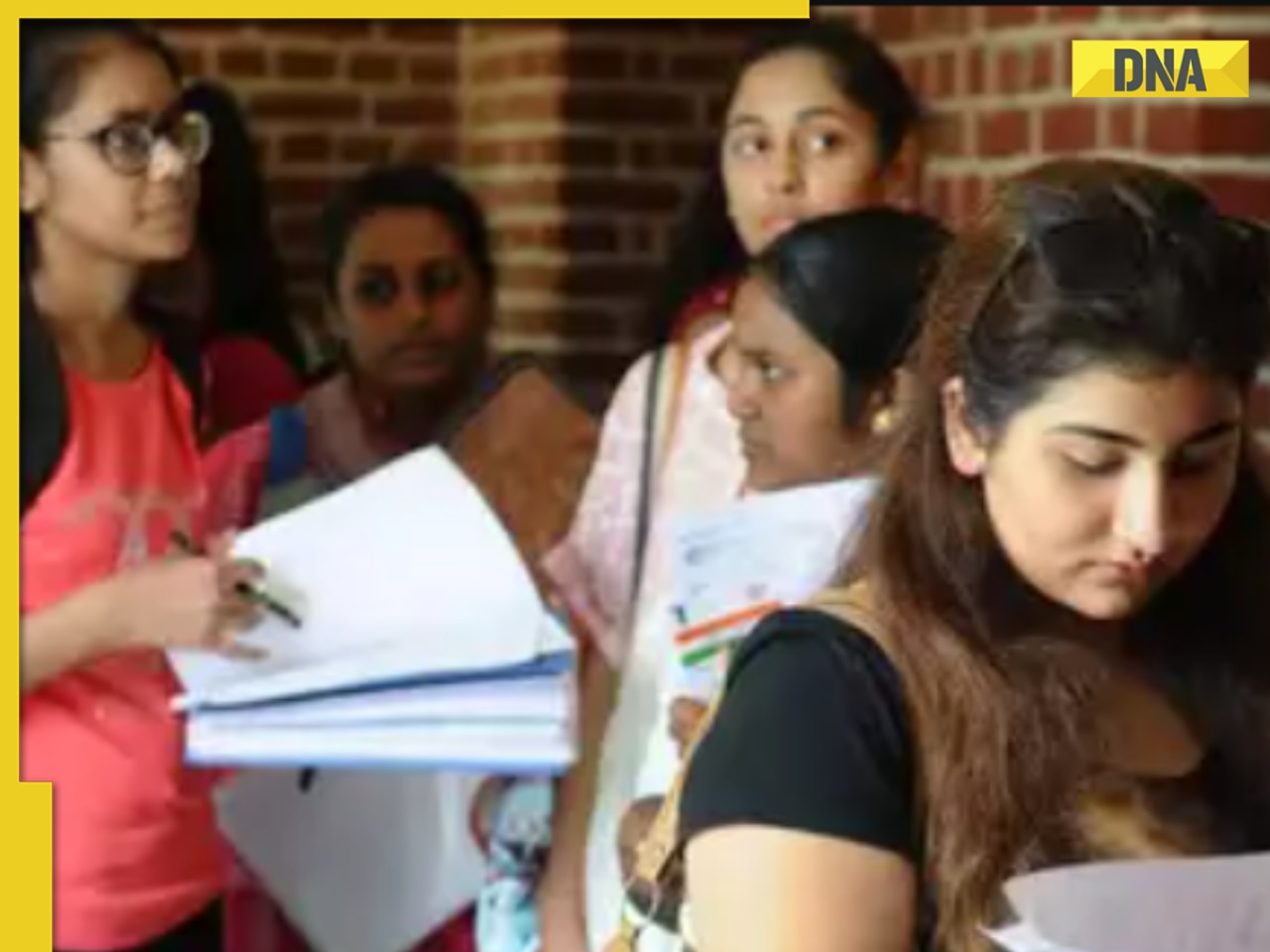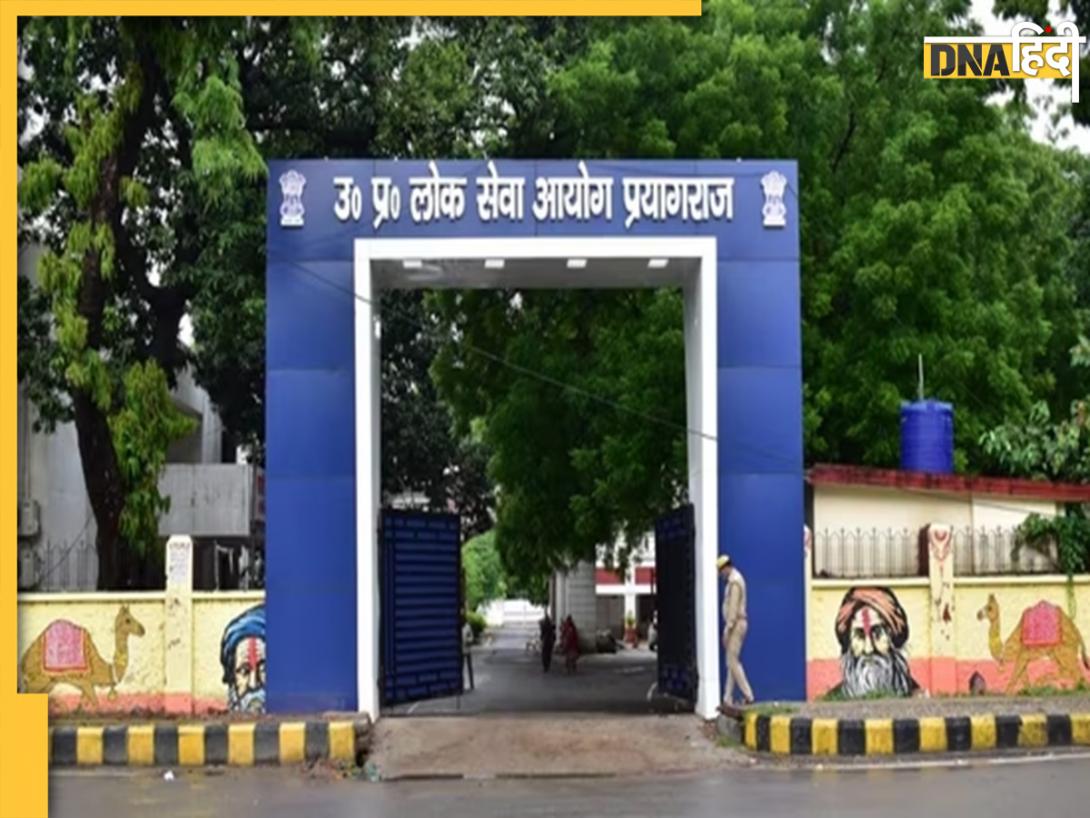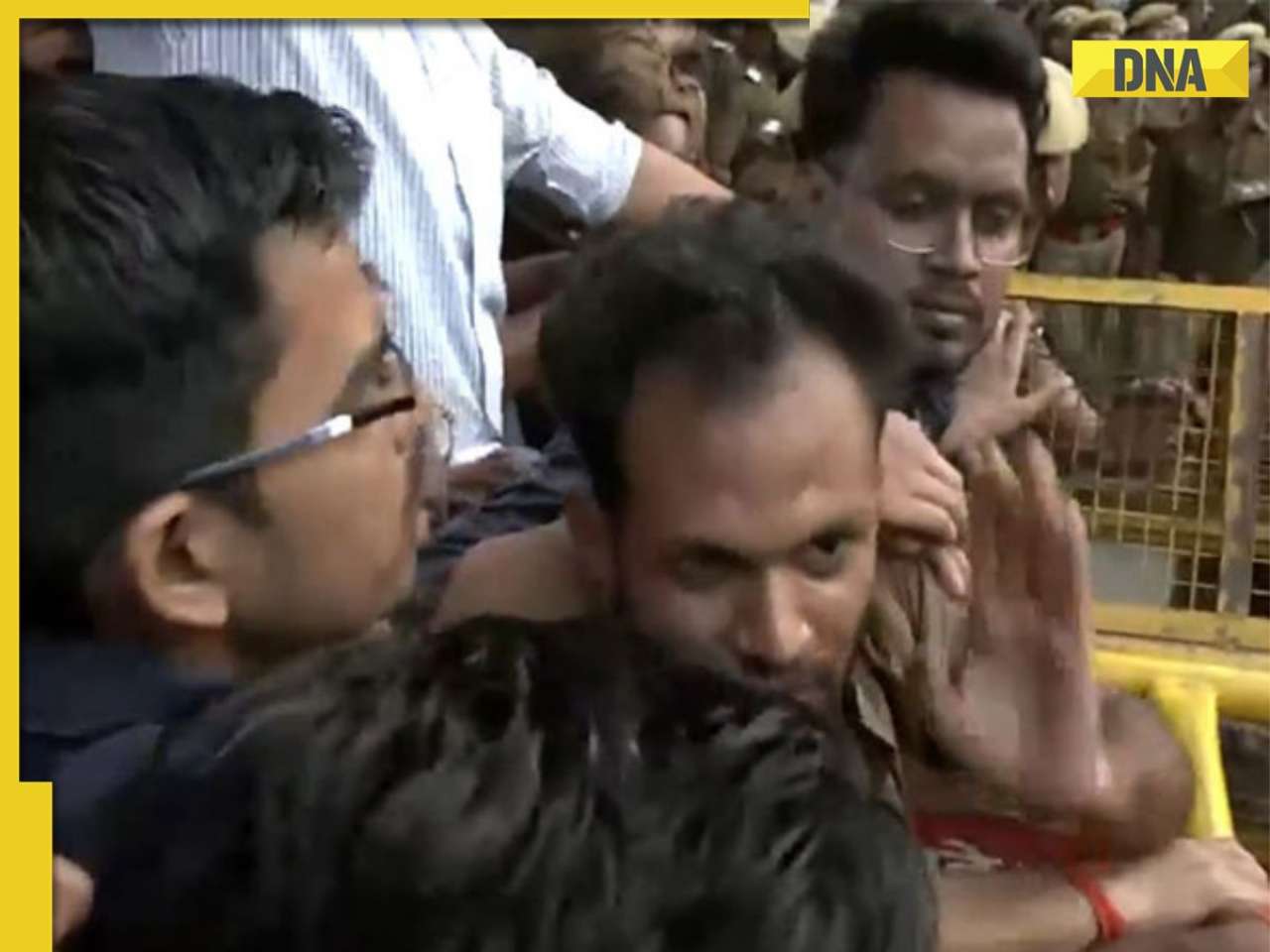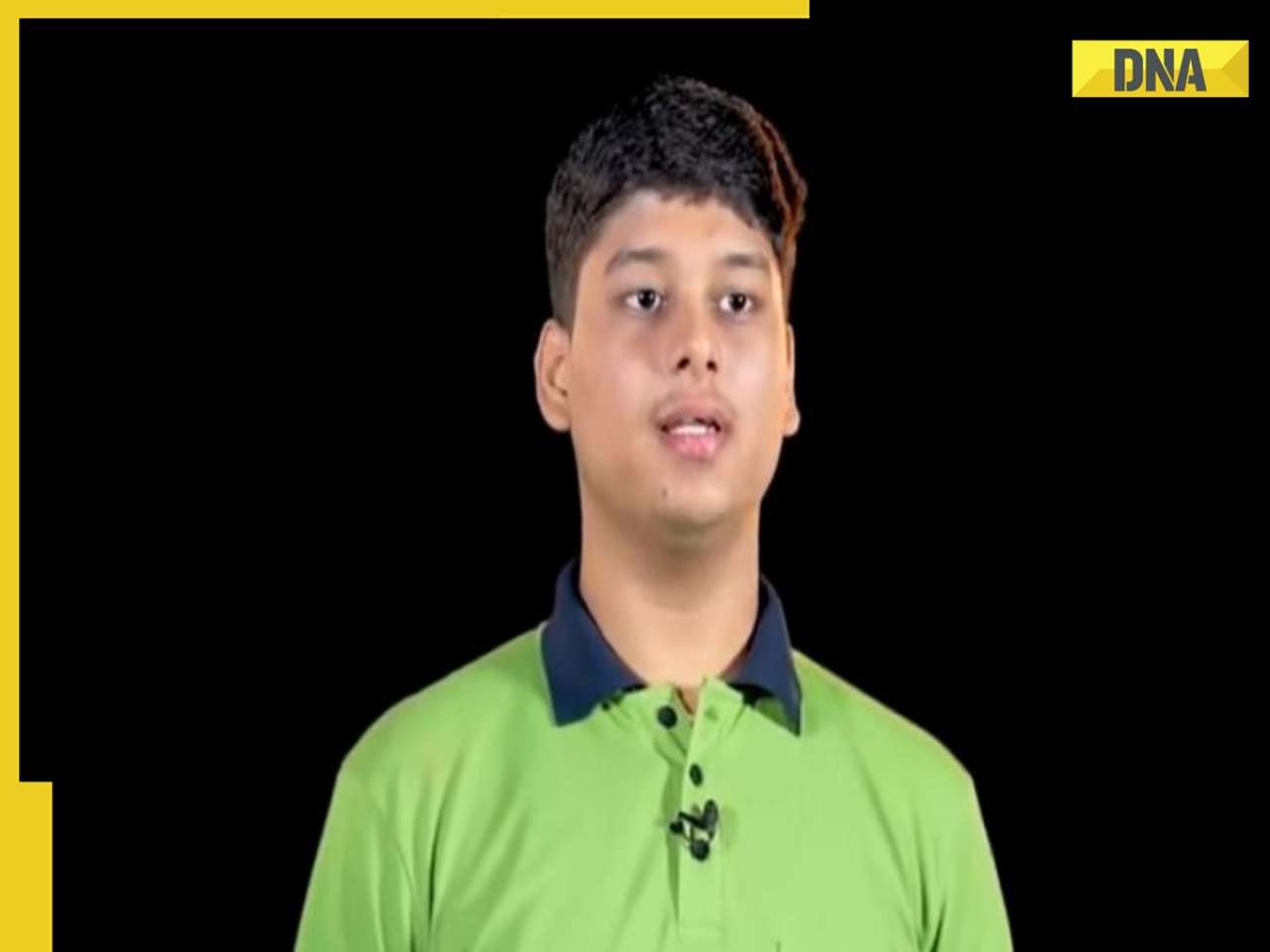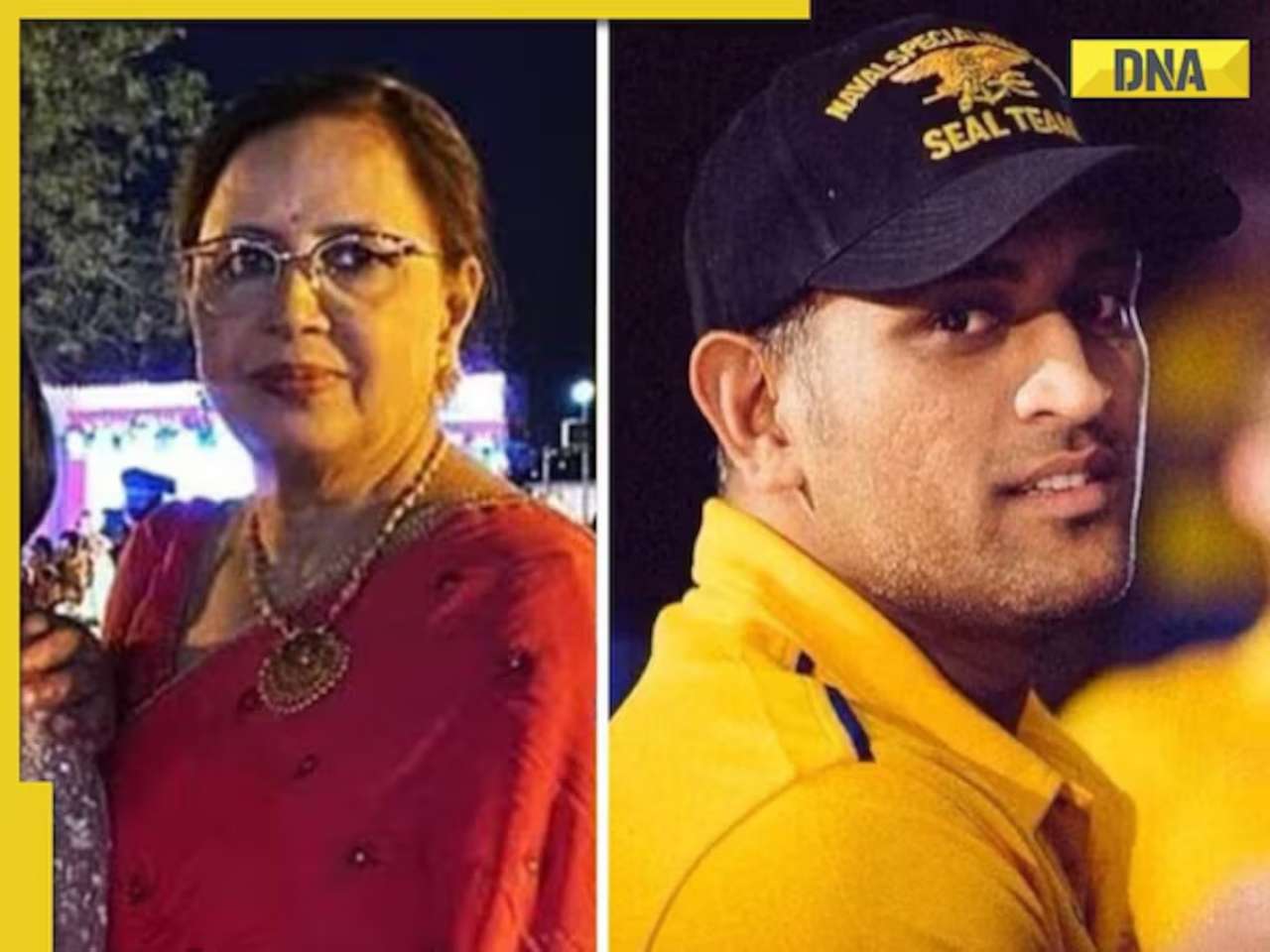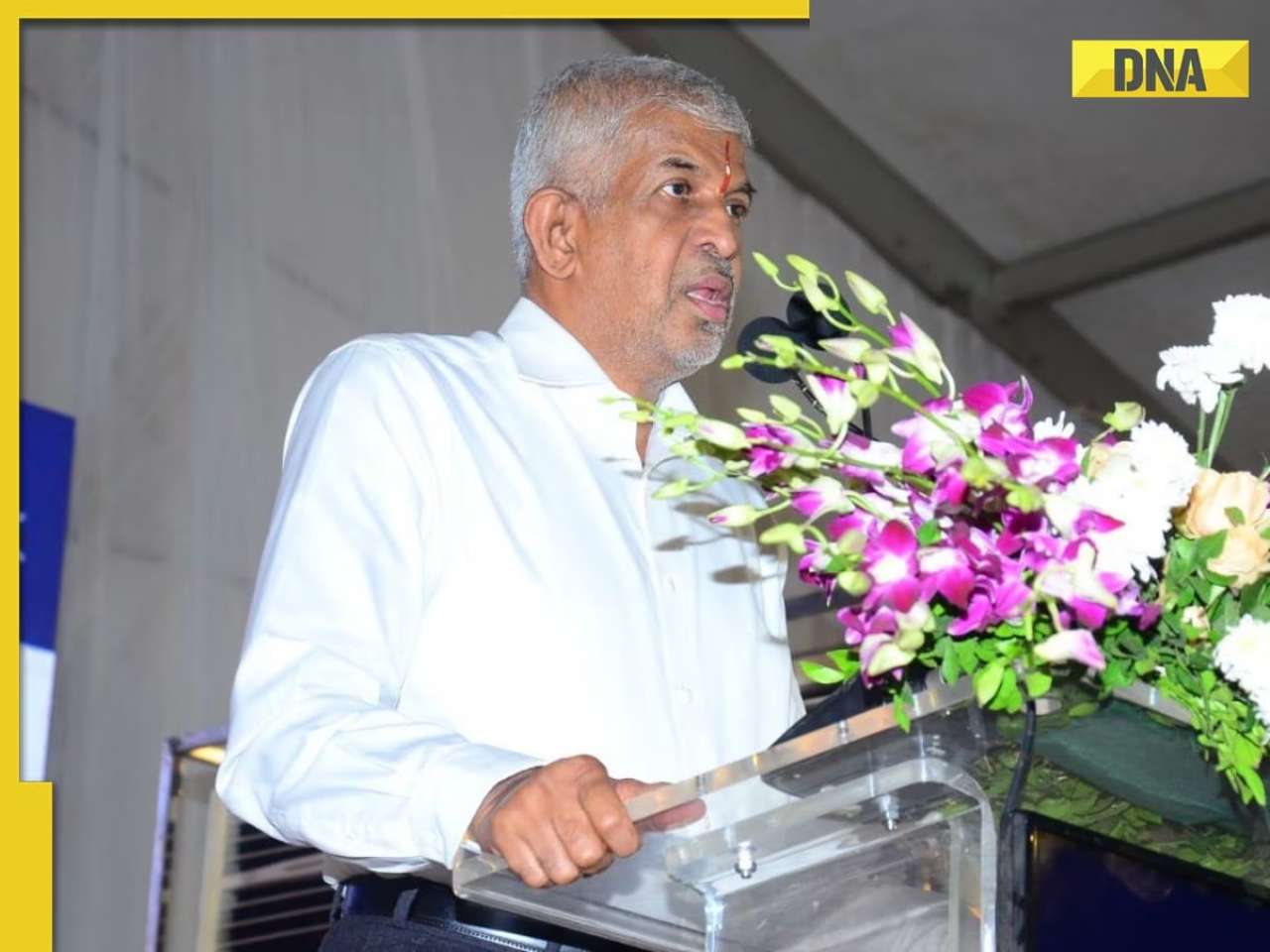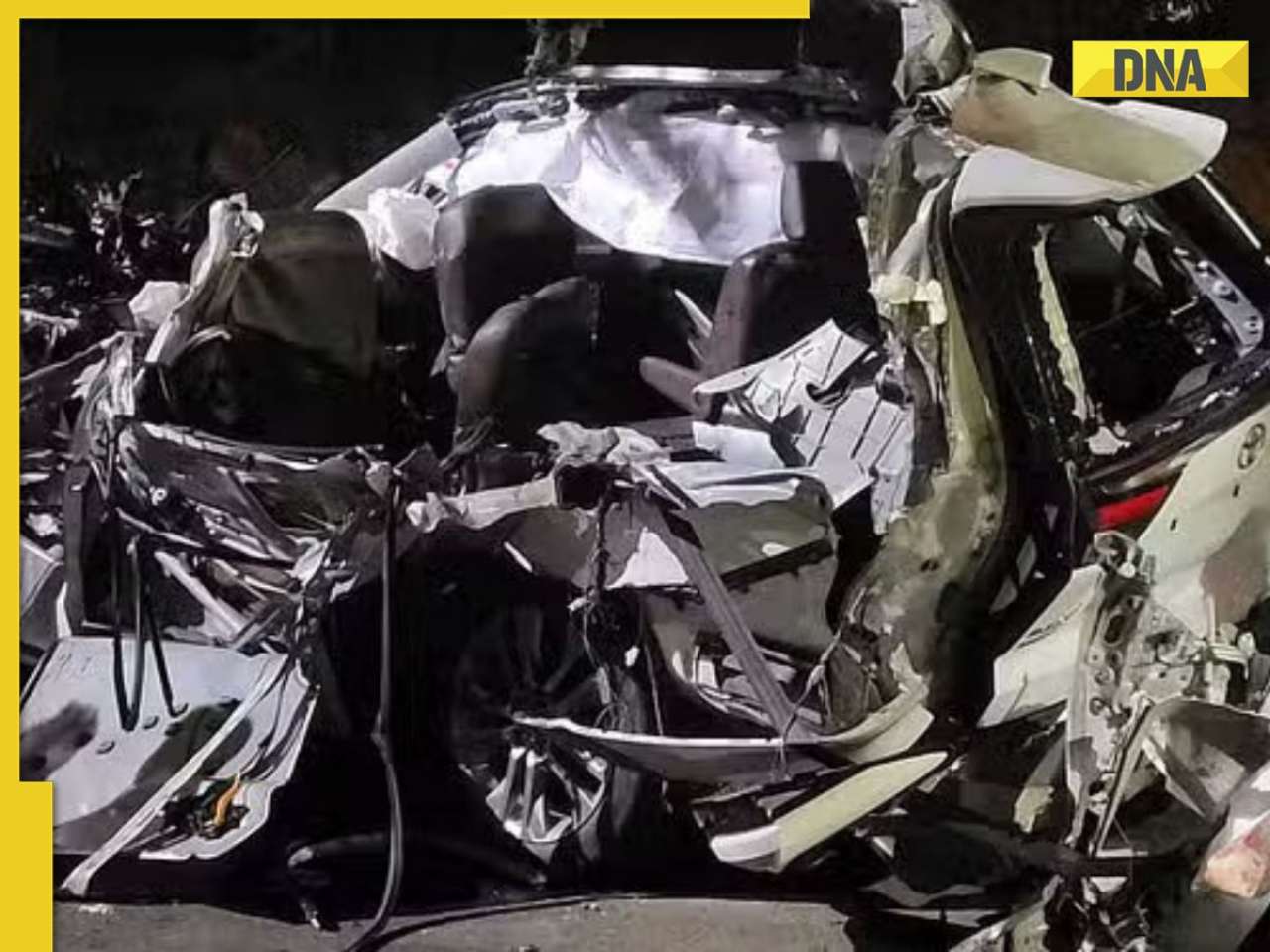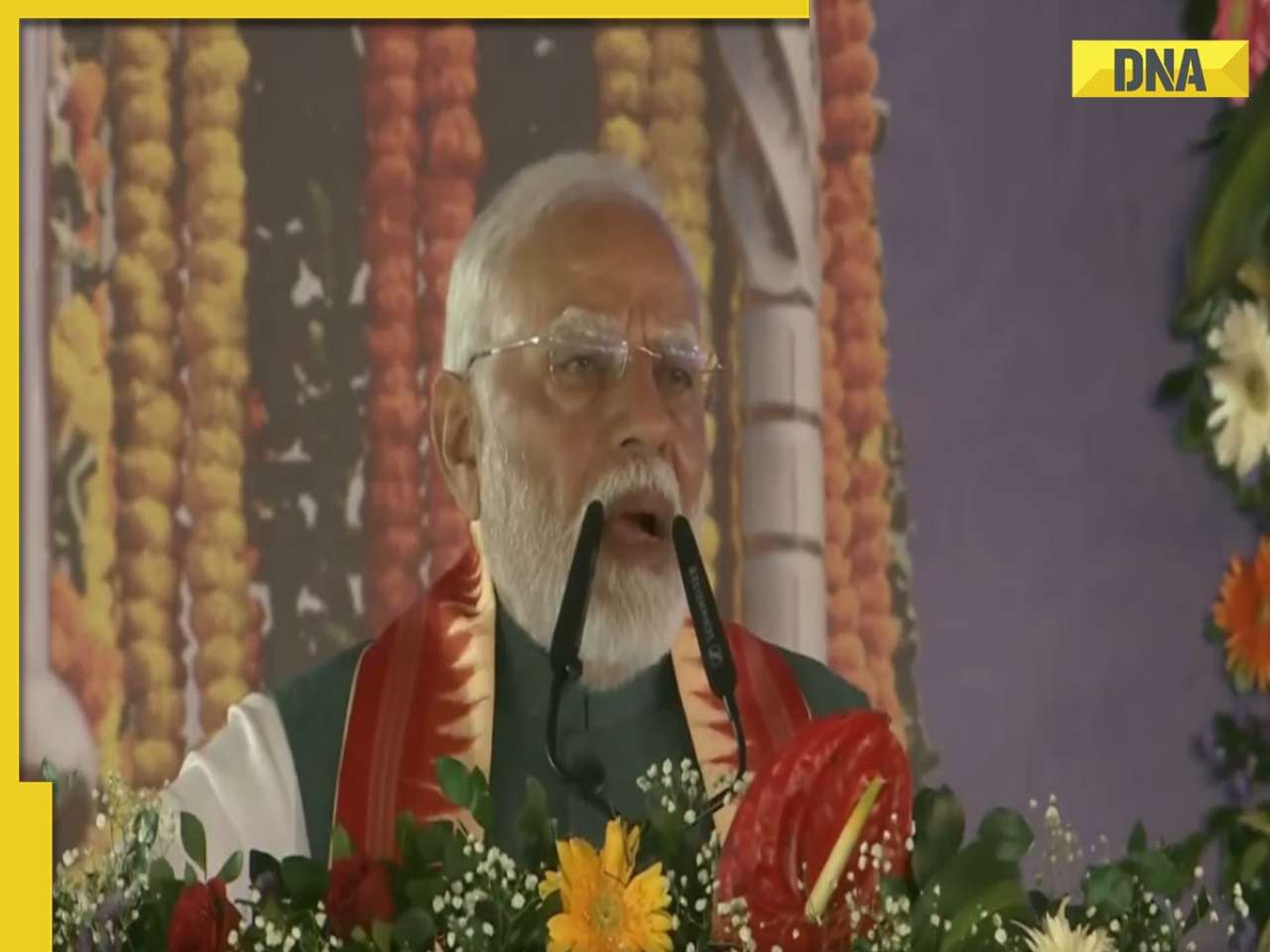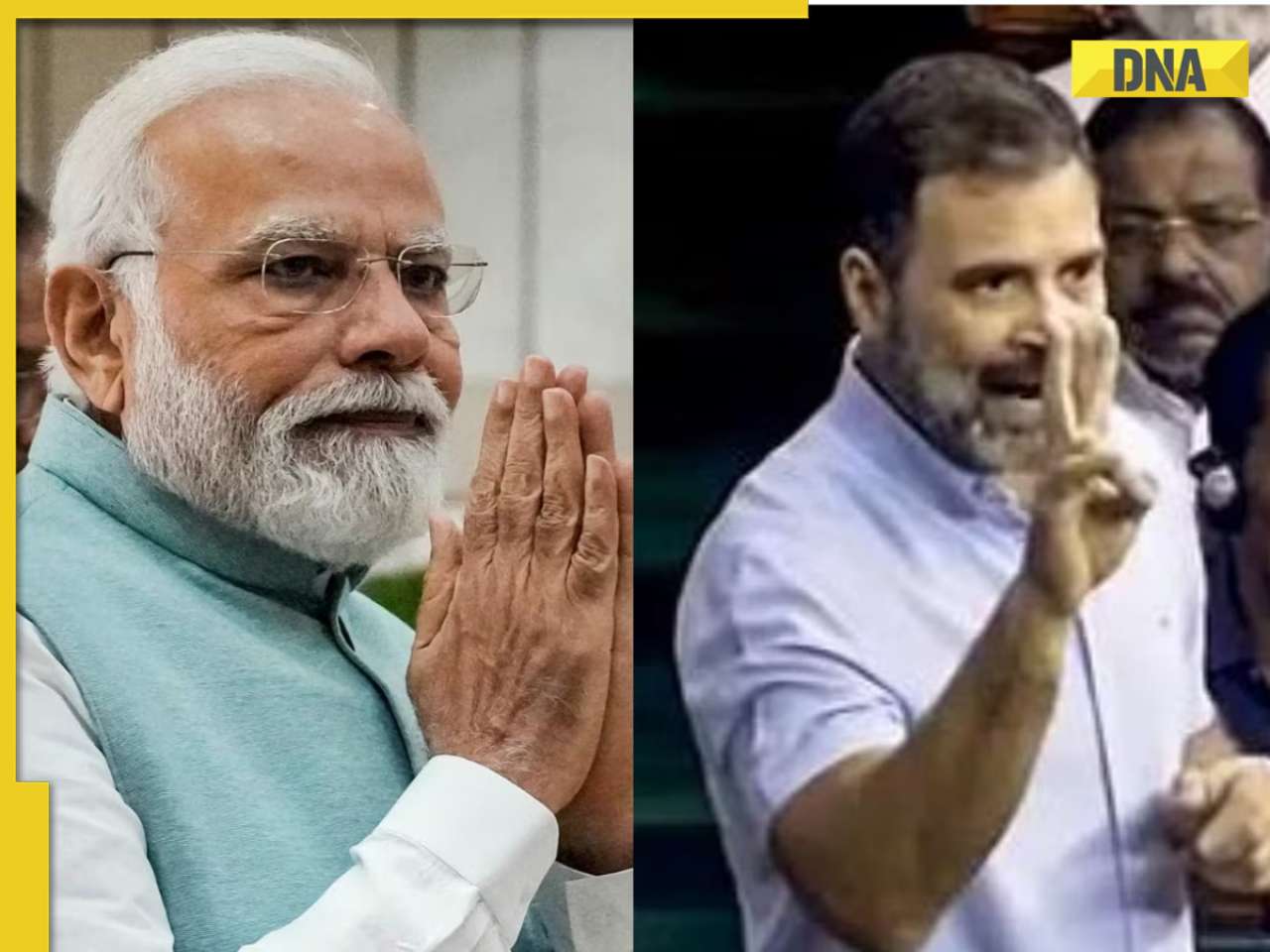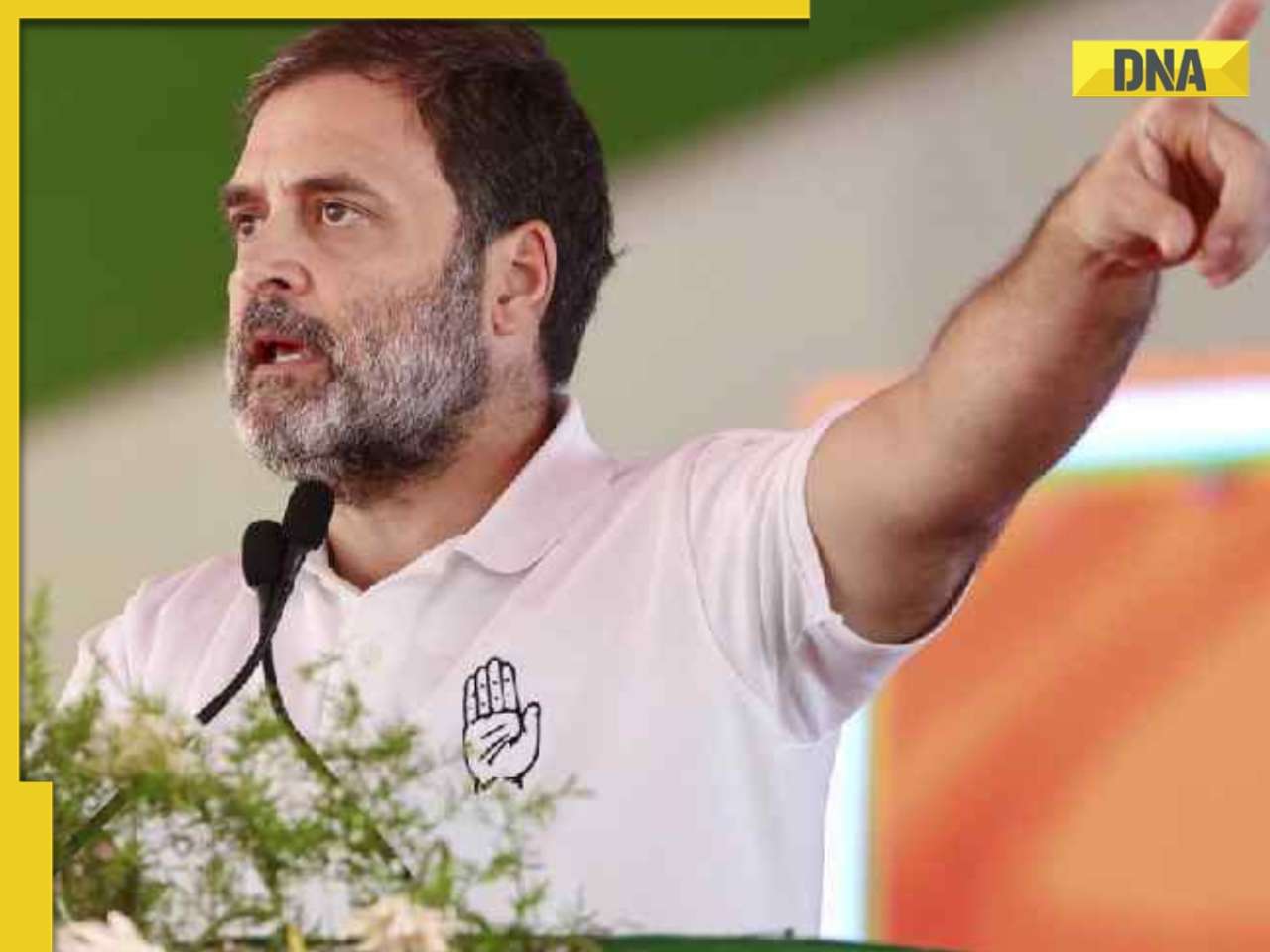- LATEST
- WEBSTORY
- TRENDING
INDIA
Affordable Housing: More FSI, better infrastructure and connectivity are needed
As increasing land prices make affordable housing in Mumbai a distant dream for many, what role can the private sector play in providing homes to the needy?
TRENDING NOW
Affordable Housing
One issue that has vexed most people lately is that of affordable housing. This is because of several factors. The need was always there. There is a huge population that desperately wants a house but can’t afford to pay for it. And in a city like Bombay where 60% stays in slums, for the right and wrong reasons, everybody would like to see affordable housing take some of that pressure away.
Then there is the inevitable surge in urbanisation — even in overcrowded Mumbai. With 300 million more people in India expected to ‘urbanise’ within the next decade, the entire country will face the problem of affordable housing. Linked to that is the question: Why has it not been possible? What are the things that should be done to make it possible?
Why has ‘affordable housing’ become both a social and political issue in the first place? Is it because houses are not affordable? Is this peculiar only to metropolitan areas, or does it extend to the whole of India? What should be done to make houses more affordable?
These were some of the issues that DNA’s RN Bhaskar put forward for discussion to a group of eminent panellists. The panel comprised (in alphabetical order) Uday Dharmadhikari — CEO, Usha Breco Realty, Satish Gavai — VP and CEO, Maharashtra Housing and Area Development Authority (Mhada), Reza Kabul — Principal Architect and Founder, ARK Consultants, Mayur Shah — MD, Marathon Realty, and Amod Kumar Singh — VP Low Income and Rental Housing, TMC (Tanaji Malusare City).
Given below are edited excerpts from that ‘Conversation’.
Gavai: The need of course is more or less a given.
In Mumbai or in any metropolitan city, if an agency — it could be Mhada — is to provide affordable housing, typically we should be contributing to barely 1% of the total housing needs of the city. Today we’ve constructed about half a million houses state wide. A large concentration happens to be in Mumbai and in the neighbouring extended suburbs. So, today, if you look at the government’s contribution to the housing sector, it is minuscule. The government may contribute not by housing stock but by development control regulations in order to enhance the housing stock by way of additional FSI, additional freebies or whatever concessions it gives. But, by and large, the majority of the housing providers are in the private sector.
I received a delegation of the MCHI (Maharashtra Chamber of Housing Industry) a couple of weeks ago and they promised to construct about 400,000-500,000 houses, if proper policy framework were to be in place. Even this will account for only 10% of the total requirement of Mumbai today.
The government is trying to address this problem, through its various mechanisms. The latest is the Rajiv Awaas Yojana (RAY). This is more or less a slum removal kind of mechanism, which the Government of India has introduced. There are two aspects to this. One is the removal of slums and the second is providing the property title to the people who are going to be accommodated. Currently, the scheme is going through iterations. It hasn’t achieved finality yet. Only some guidelines have been issued. But the attempt, or the ideal, is to create some free cities country-wide. To that end they are prepared to pump in as much money as is required. And the other thing is that along with slum removal, slum prevention is another aspect of the RAY. Both of them are supposed to go hand in hand. The problem is huge.
DNA: Would the Rajiv Awas Yojana also consider a proposal that homeless people should not be allowed to vote because the temptation of creating vote banks encourages further slum creation?
Gavai: The entire SRA scheme has been criticised because it provides free housing to encroachers. It is contradictory to equity. Mhada, on the one hand, is selling land, low-cost housing, to people, and along comes someone and he gets free housing. That is the situation that RAY plans to address. It acknowledges the fact that slums need to regularised, that slum dwellers need to be given proprietorial rights.
Kabul: There is a kind of affordable housing and low-cost-housing mix. And that many times creates confusion. What does this really mean?
One way to look at this problem is to observe Mumbai or Delhi in isolation. But if you look at the country as a whole the requirement would be different in different locations. When you visit smaller placer like Raipur, Kolhapur, Satara, or Sangli, dwellings are still affordable.
However, if you look at Mumbai, Delhi or Bangalore, which account for 20% to 50% of the demand for affordable housing, the situation is quite different. I would therefore say that the first thing one should look at is low-cost housing and the second is affordable housing.
The second is the section society can really get into, where the markets, the government, the financial sector, everyone can play an all-inclusive role.
Gavai: Incidentally there is something I would like to share with you. About a week ago, we had a discussion with the CM, and he is in the process of clearing a proposal. This was part of an initiative that this government is taking — to earmark 20-25% of every development plan for residences, for affordable and low cost housing. Inclusive housing is the concept. If that happens, for every housing scheme that is put up, 20-25% would necessarily have to be earmarked for affordable and low cost housing.
The quality of housing is something that keeps agitating my mind. Low-cost housing invariably is construed as low-quality housing. Because when you provide low-cost housing you cut corners, you provide low quality windows and things like that.
My take is very different. I believe that poor people are the least equipped to maintain houses. I have observed how, in our high income group category housing, many occupants want the tiles changed, the partitions modified. A lot of changes are made even before the family has moved in. Thus, the rich guy need not be given much as anyway he is going to make changes to that place. On the other hand, the poor man has to live with the facilities you provide to him. So my thinking is, you must give them better than ordinary quality of construction. Now that comes at a substantial cost. It adds about 15-20% to the cost of the tenement.
That is why in Bharat Nagar (close to BKC in Mumbai) there is a transit tenement which we are demolishing and we are constructing high-rise, high-cost accommodation for the corporate sector that lives across. The point is that Mhada believes that it is necessary to cross subsidise this EWS/LIG/MIG (economically weaker section, low income group, middle income group) with money received from high cost housing. And therefore the need for high-cost apartments. The point is that low-cost housing can be made possible through this kind of mechanism of cross subsidy.
DNA: Is it possible for India, and Mumbai in particular, to think of a policy, where land for such housing is given away free? Like in Iran, which is currently building 2 million houses in anticipation of a housing crisis for its young, but the land is given free to developers, because the government knows it will get taxes from the properties later.
Shah: Not really. But there is another way to look at this situation. Around 95% of the demand is in EWS/LIG/MIG and therefore for affordable housing. According to our survey, we need to house approximately a crore of people by 2020 or 2030, so what you need is 1.5 or 2 million homes. Today’s population in the slums in Mumbai has gone up to 60%. We have segmented this demand into affordable — which is Rs30-60 lakh. And below that level is EWS/LIG/MIG. We found that we could create 5 lakh homes, and MCHI signed an MoU with the Government of Maharashtra.
The big question was: Where will these 5 lakh homes come from?
The major thing we need in the city is rental homes. Every city in the world offers houses on rent when a family comes to the city. In Mumbai there is nothing available. Out of 5 lakh homes, we categorise 2.5 lakh to be rental homes. Maybe that can be done with a very good policy that has been brought out by the MMRDA, which is a rental housing scheme. Then comes the price of land. Even the land which Cidco (City and Industrial Development Corporation of Maharashtra Ltd) or MMRDA (Mumbai Metropolitan Region Development Authority) sells, it is way beyond the affordable range. So how are we to bring the land component down?
The only way you can do this is either by freeing a huge tract of land with great, developed infrastructure, from the hinterland, which will be a far-fetched, long-term procedure. The other is to make do with whatever land is available today. If we could get a higher FSI (floor space index, or floor area ratio), we could do it. Our workings show that at 4 FSI, whatever land is available to be developed within Mumbai and the outskirts, where minimum infrastructure and connectivity is available, we can create 5 lakh homes.
But what we really need is enabling legislation and clearance of affordable housing schemes to make this proposal a reality. We have given a list of properties where clearances are required. A committee is examining them. If they are cleared, then definitely the private sector can build 5 lakh affordable homes, leaving aside what Mhada is doing. The whole blueprint presented by MCHI has all the details.
Gavai: Personally my experience with rental housing has been very bad. They take the house. Ok for the first year or so. It will never get maintained, unless there is a very strong maintenance system, and when a couple of years have passed and when any agency goes for the collection of rent or installments, they will say we will not give the money. ‘See what has happened to this roof?’, or ‘This is leaking.’ or ‘This lock has broken’. It could be any reason, genuine or otherwise.
This is what has happened in Mhada. People have stopped paying either the instalment charges or the rentals. There is a solution. In fact, MCHI itself came up with a solution, that instead of rental, you have this hire purchase system. Apparently HDFC and other financial institutions are willing to provide low cost finances to such efforts. It seems the rentals and the EMI are very close so the allottee would rather pay the EMI than the rental! He’d rather become the owner.
Now, taking a cue from the MCHI presentation, I have moved a proposal to the RAY people and the secretary was very positive.
Dharmadhikari: I agree. But we should now begin talking about essential housing and affordable housing. And we have to categorise it that way. Essential housing is where the person doesn’t have the money but has to be given a home.
Either way, FSI will have to be increased. Or we need to create satellite cities outside Mumbai.
We have heard about S Korea where you have Busang and Seoul. They put the fastest train between the cities. People come to work from there and you travel those long distances on high-speed trains and they go back in the night. If we look at that, then we need supporting infrastructure like trains or by waterways. Then you can look at developing areas like Alibaug or Ratnagiri.
But if you go to the smaller cities, it is essential housing, Within Rs3-5 lakh, they can get homes. It is the metros that need to be looked at.
Shah: You know, satellite cities are really going to come in because the land cost is prohibitive. Lateral movement is going to be helpful. It will mean better trains and better connectivity. But we need infrastructure as well. The moment you go out of Mumbai, where do you have running water? You have 8-10 hours of load shedding. How can one really live in those kind of places?
The second thing is that with the segment of society that wants affordable homes, you must remember that they normally don’t change their house. But they need to be educated in using the technology that goes towards making these homes cost-effective. High rises mean elevators, use of glass. Maintenance will be an issue. Today even if you walk into any of the high-rise buildings, you will find that children will go up and down in the lift like it is a see-saw. Educating them on the use of technology and maintaining it is equally important.
Gavai: As a via media, the government has just raised the FSI to 2.5 for Mumbai’s suburbs and the smaller municipal councils in Maharashtra. There is one more scheme where additional FSI is permissible to an individual who enters into a partnership with Mhada. So, instead of alienating him of his land, he is given a share of the proceeds. So by partnering with a state or a para-state
organisation, he capitalises on the value of his land. Unfortunately it hasn’t been finalised. Although the preliminary notification has been issued, the final notification — which will actually operationalise the whole scheme — has yet to happen. This was discussed again about a week ago with the CM and it looks likely to occur.
Singh: There is also the problem with approvals. Once you acquire land, you need approvals. And the delay caused due to approvals actually adds to the financial cost of acquiring that land, which increases the cost of the product that we eventually have to sell to the masses. These approvals should be time-limited. Finally, there is the demand factor. TMC, for instance, launched a project some time ago, where we invited applications for 3,000 houses in Karjat (on the outskirts of Mumbai). But we received 66,000 applications! I’m sure it’s not because of our marketing effort, but because the demand was huge.
Dharmadhikari: The issue of finance also needs addressing. Getting those 66,000 applications is very nice. Getting the first Rs5,000 or Rs10,000 as booking amount is perfectly okay. But when they try to raise the remaining Rs 3-5 lakh, the problem become big.
Who gives them that money? Micro-finance institutions can give it to you. But how much? Rs1,000 or Rs2,000? They can’t do more than that. The borrowers too don’t have any formal kind of support for income. The housing policy should address this as well. How do the people get that money to buy the house?
So even if we create a house of Rs5 lakh, someone has to guarantee that they will pay, even if it a rental thing.
DNA: Architecturally what are the things you would like to see to make low cost housing more meaningful?
Kabul: Land cost is the major criteria in housing. If you say a high-end house, you may construct it for Rs4,000 a square foot. A house which has 15 or 20 storeys, a low end house, it will not come anywhere less than Rs1500-1000 in that range. So that component is a small component, where you talk about the construction cost. It is the land cost that kills you. For that you have to make satellite cities and you have to work on the infrastructure. Or you must increase FSI. That is the only way to bring your cost of housing down.

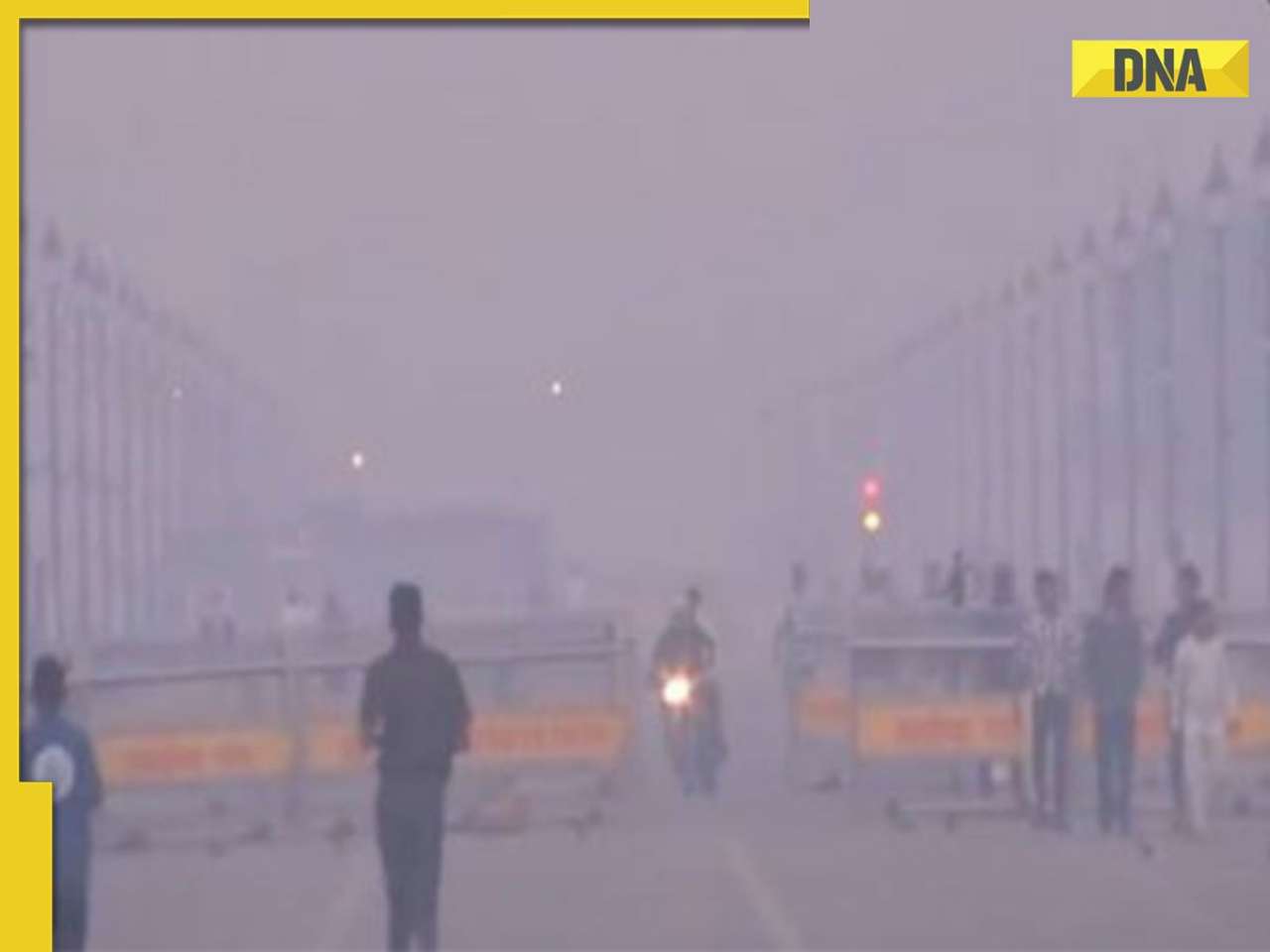





)
)
)
)
)
)
)
)
)
)
)
)
)
)
)
)
























